In the ever-evolving landscape of biomedical engineering, a groundbreaking technology is quietly revolutionizing how scientists interact with microscopic life. Acoustic tweezers, an ingenious application of sound wave physics, have emerged as a powerful tool for non-contact manipulation of individual cells and tiny particles. Unlike their optical counterparts, which rely on focused laser beams, these devices harness the subtle forces generated by precisely controlled ultrasonic waves to lift, move, and position biological specimens with remarkable precision.
The fundamental principle behind acoustic tweezers lies in the physics of sound waves traveling through fluid mediums. When high-frequency sound waves (typically in the MHz range) intersect within a liquid environment, they create regions of alternating pressure nodes and antinodes. Cells or particles suspended in this field experience radiation forces that push them toward either the pressure nodes or antinodes, depending on their acoustic properties relative to the surrounding medium. This phenomenon allows researchers to essentially "trap" biological material in mid-air or mid-fluid without any physical contact.
What makes this technology particularly exciting is its gentle handling of delicate biological specimens. Traditional manipulation methods often risk damaging cells through physical contact or excessive heat from laser-based systems. Acoustic tweezers overcome these limitations by applying forces that are orders of magnitude weaker than optical traps while still providing sufficient control. This characteristic makes the technology exceptionally suitable for working with sensitive primary cells, fragile embryos, or other biological materials that might be compromised by more invasive techniques.
The applications of acoustic tweezers in biomedical research are rapidly expanding. In tissue engineering, researchers are using the technology to precisely position cells in three-dimensional arrangements, creating complex tissue structures layer by layer. This capability could revolutionize organ regeneration approaches by enabling the construction of intricate vascular networks essential for sustaining engineered tissues. Meanwhile, in single-cell analysis, acoustic tweezers allow scientists to isolate and study individual cells from heterogeneous populations with unprecedented ease, opening new avenues for understanding cellular heterogeneity in cancer and other diseases.
Recent advancements have pushed the boundaries of what's possible with acoustic manipulation. Engineers have developed sophisticated array systems capable of generating dynamic acoustic fields that can simultaneously control hundreds of particles independently. These systems employ phased array transducers similar to those used in ultrasound imaging, but with much finer control over wave interference patterns. Some experimental setups can now manipulate objects in three dimensions with sub-micrometer precision while maintaining cell viability over extended periods.
One particularly promising development involves combining acoustic tweezers with microfluidic systems. These hybrid devices create "acoustic holograms" that can sort, concentrate, or pattern cells within flowing streams. Such systems show tremendous potential for point-of-care diagnostics, where rapid isolation of rare circulating tumor cells or pathogens from blood samples could provide critical clinical information. The non-contact nature of acoustic manipulation eliminates issues of channel clogging that plague traditional microfluidic filters, while maintaining high throughput and purity of sorted populations.
The technology's versatility extends beyond biological applications. Materials scientists are exploring acoustic tweezers for assembling delicate nanostructures or positioning components in micro-electromechanical systems (MEMS). The ability to manipulate objects without regard to their optical properties (a limitation of optical tweezers) makes acoustic methods particularly valuable for working with opaque or light-sensitive materials. Furthermore, unlike magnetic manipulation techniques, acoustic tweezers don't require labeling or modification of target objects, preserving their natural state for observation or subsequent processing.
Looking toward the future, researchers anticipate acoustic tweezers becoming standard equipment in biomedical laboratories. Ongoing work focuses on miniaturizing the technology for portable diagnostic devices and improving the resolution for manipulating subcellular components. Some groups are even exploring the potential of acoustic tweezers for in vivo applications, such as targeted drug delivery or non-invasive surgery. As the technology matures and becomes more accessible, it may transform everything from basic biological research to clinical therapies, offering a gentle yet powerful way to interact with the microscopic world that surrounds us.
The development of acoustic tweezers represents a beautiful convergence of physics, engineering, and biology. By harnessing the subtle forces of sound waves, scientists have created a tool that interacts with living systems on their own terms - without harsh chemicals, damaging radiation, or traumatic physical contact. As this technology continues to evolve, it promises to unlock new possibilities in medicine and materials science while providing fresh insights into the fundamental behaviors of cells and particles suspended in fluid environments.

By /Jul 2, 2025

By /Jul 2, 2025

By /Jul 2, 2025
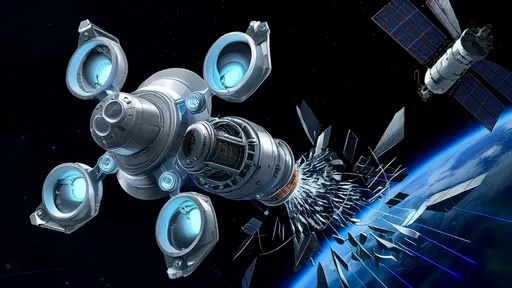
By /Jul 2, 2025

By /Jul 2, 2025
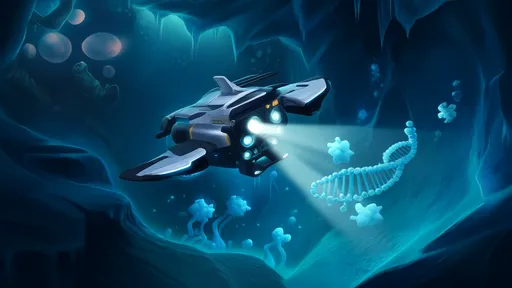
By /Jul 2, 2025

By /Jul 2, 2025

By /Jul 2, 2025

By /Jul 2, 2025

By /Jul 2, 2025

By /Jul 2, 2025
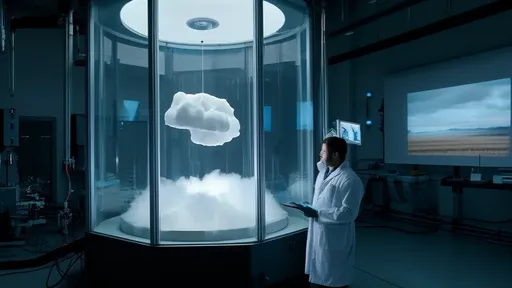
By /Jul 2, 2025

By /Jul 2, 2025

By /Jul 2, 2025

By /Jul 2, 2025
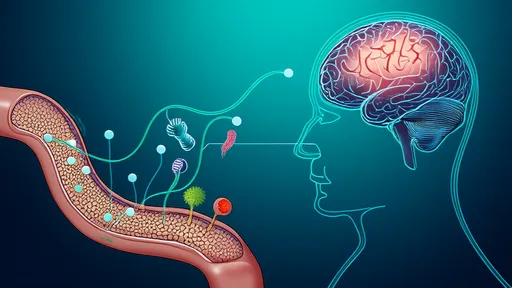
By /Jul 2, 2025
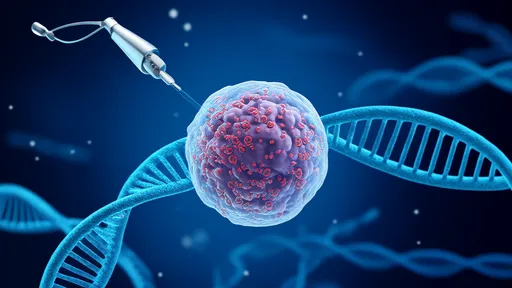
By /Jul 2, 2025
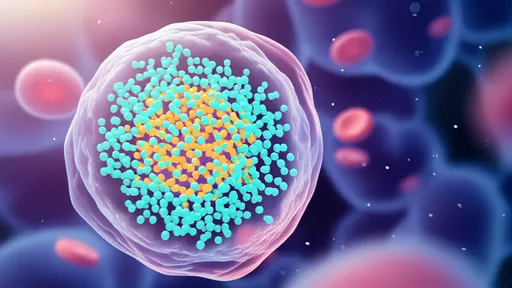
By /Jul 2, 2025

By /Jul 2, 2025

By /Jul 2, 2025